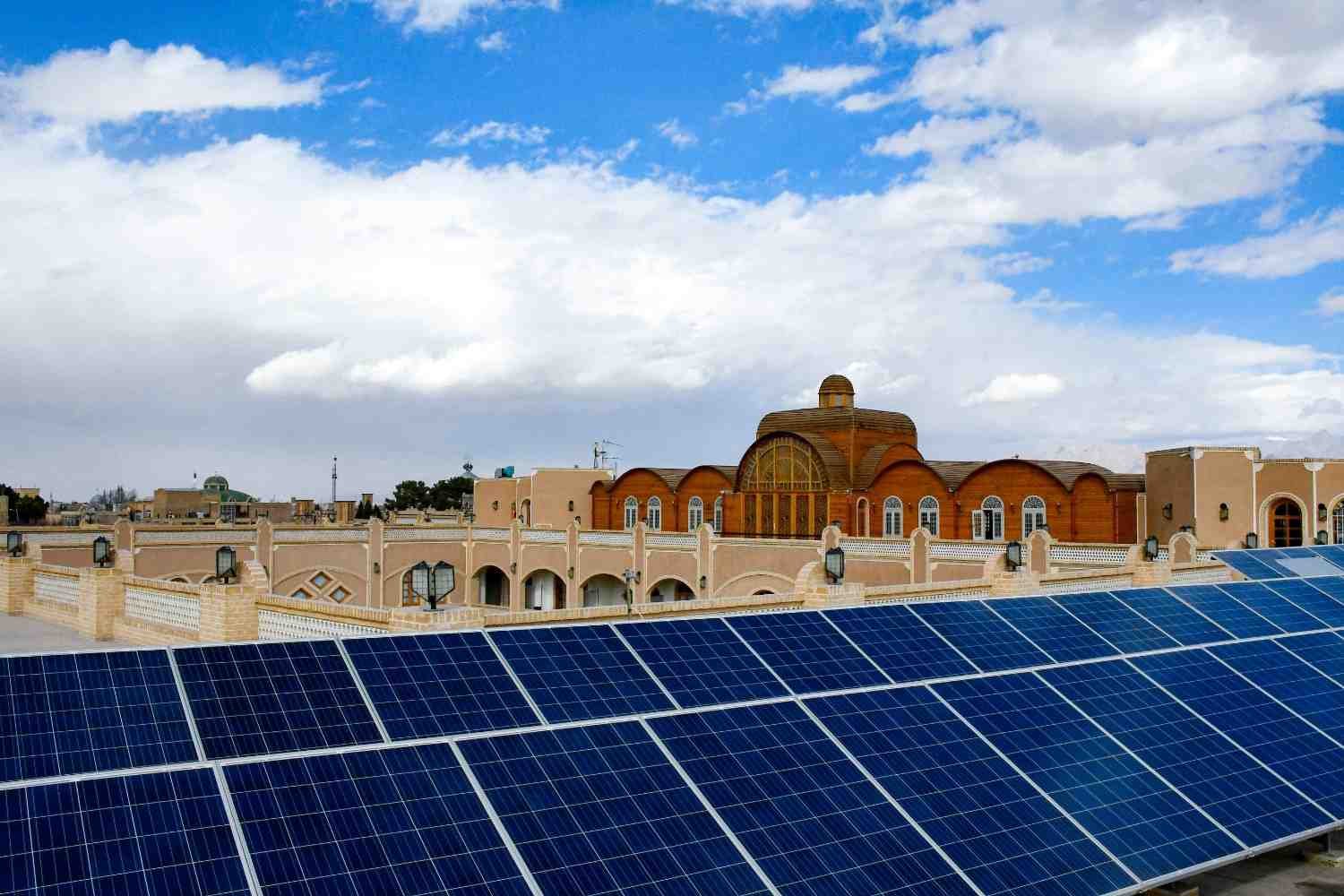Is Solar Power Worth It in Cloudy or Cold Climates?

One of the most common myths about solar energy is that it only works in hot, sunny climates. In reality, solar panels can still produce significant electricity even in cloudy, cold, or less sunny regions. So, is solar power worth it in those areas? Let's explore.
Do Solar Panels Work in Cloudy Weather?
Yes! Solar panels convert light — not heat — into electricity. Even on overcast days, diffused sunlight reaches your panels and generates power. Although output may drop to 10–25% of sunny-day levels, solar systems are still effective in places like Seattle, Germany, or the U.K., where solar adoption is growing.
How Cold Temperatures Affect Solar Panels
Surprisingly, colder temperatures can actually improve solar panel efficiency. Like many electronics, solar panels operate more efficiently in cool conditions, especially when sunlight is strong. In fact, snow can help by reflecting light back onto the panels (as long as they’re not buried).
Performance Examples in Cold Regions
- Germany: Cloudy climate, yet a global solar leader
- New York: Earns solid returns with seasonal sunlight
- Canada: Many provinces offer incentives despite long winters
Financial Considerations
Even if your system produces less energy than one in California, you can still save substantially. With the 30% federal tax credit, local rebates, and net metering, your payback period can still be within 8–12 years in cooler regions.
System Design Tips for Cloudy Areas
- Use high-efficiency panels (e.g., monocrystalline)
- Install at optimal tilt and direction (typically south-facing)
- Keep panels clear of snow and debris for maximum exposure
Conclusion
Solar energy is absolutely worth considering in cloudy or cold climates. While your system may produce less than in sunny areas, the combination of incentives, efficiency, and long-term savings still makes it a smart investment. Always consult a local solar installer who understands your region's weather patterns to optimize your system.